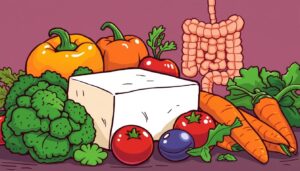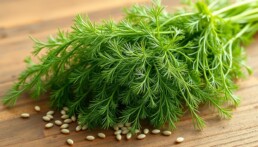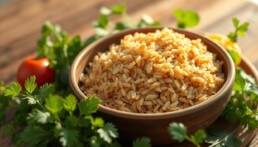The Silent Hunger: Unmasking the Protein Gap in the Indian Diet
Despite India’s vibrant culinary landscape, a surprising truth lurks beneath the surface: a significant majority of Indians are unknowingly not getting enough protein. This isn’t just a concern for gym enthusiasts; it’s a fundamental nutritional deficiency impacting energy, immunity, and overall health for everyone. Forget the misconception that protein is solely for building muscle – it’s a cornerstone of well-being, especially crucial if you experience digestive issues or care for others.
Table of Contents
ToggleReady to uncover the hidden reality of protein in your daily meals and discover simple ways to bridge this vital gap? Let’s delve into the facts, dispel common myths, and explore delicious, accessible strategies to power up your plate!
In a land celebrated for its diverse cuisine, it’s startling to learn that protein deficiency is a widespread nutritional challenge in India. Despite an abundance of ingredients, research indicates that nearly 80% of Indians don’t consume enough protein. This protein gap arises from ingrained dietary patterns, persistent myths surrounding protein, and a lack of awareness about readily available protein-rich foods.
Alarmingly, India ranks among the lowest in protein consumption across Asia. While global trends point towards increasing protein intake, Indians, particularly vegetarians, continue to fall significantly short. This exploration will delve into the underlying causes of this protein deficiency in India, highlight its telltale signs and associated health risks, and offer practical, affordable, and natural solutions to effectively bridge this crucial nutritional gap
Understanding the Nutritional Gap
Protein is a vital macronutrient required for building muscles, repairing tissues, creating enzymes and hormones, and supporting immunity. On average, the human body needs about 1 gram of protein per kilogram of body weight daily. Yet, the lack of protein in Indian diet means that a vast majority of individuals fail to meet this basic requirement.
This nutritional gap is more prominent among vegetarians , who rely heavily on cereals and pulses, often assuming dal and rice provide sufficient protein. However, that’s not always true. Inadequate intake of quality protein sources, particularly in rural and low-income populations, has contributed to a national health concern.
Myths Fueling the Lack of Protein in Indian Diet
Several misconceptions contribute to the lack of protein in Indian diet :
- “Protein is only for bodybuilders”
This myth stops regular individuals, especially women and the elderly, from consuming adequate protein. - “A dal, roti, and curd meal is enough”
While these foods contain some protein, they often fall short of daily requirements, especially without variety and balance. - “Protein causes weight gain”
Protein actually promotes satiety and can help in weight management by reducing overeating. - “Plant-based diets can’t offer complete protein”
While true in some cases, combinations of plant foods can provide all essential amino acids.
Common Symptoms of Protein Deficiency
Recognizing the symptoms of low protein can help in early intervention. Here are some warning signs of protein deficiency :
- Frequent Hunger and Cravings
Protein offers satiety. When your diet lacks protein, you feel hungrier and may crave sugary or fatty foods. - Hair Loss
Protein is essential for keratin production, which strengthens hair. Lack of protein leads to thinning, brittle hair. - Loss of Muscle Mass
Muscles require protein for repair and maintenance. Low protein can result in muscle wasting and weakness. - Weak Nails and Dry Skin
Skin and nails rely on protein to stay healthy. A dull appearance and brittle nails are often early signs. - Increased Infections and Poor Immunity
Protein helps build antibodies. Its deficiency weakens the immune response, leading to frequent illnesses. - Delayed Wound Healing
Protein plays a critical role in cell repair. Without it, even small wounds take longer to heal. - Fatigue and Poor Concentration
Protein deficiency can lower energy levels and affect brain function.
Serious Diseases from Protein Deficiency
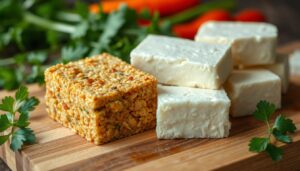
If the lack of protein in Indian diet is not addressed, it can lead to serious health problems:
- Marasmus
Severe malnutrition common in infants and young children, leading to wasting and muscle loss. - Kwashiorkor
Results from diets high in carbs but lacking protein. Causes edema, swollen belly, and weakness. - Cachexia
Seen in cancer patients and those with chronic illness, this condition leads to extreme muscle breakdown. - Inherited Protein C & S Deficiency
These proteins help prevent blood clots. Their deficiency can result in dangerous clotting disorders.
Protein Deficiency in India: The Data
The lack of protein in Indian diet is not limited to a specific region or class. However, it’s most pronounced among rural populations and women . Research shows that:
- Over 90% of pregnant and lactating women are unaware of their protein needs.
- India may lose up to 5.3% of protein availability due to climate-related crop impact.
- An estimated 53 million Indians could be at risk of protein deficiency.
South Asia, including India, and parts of North Africa remain critically protein-deficient zones.
How to Fix the Lack of Protein in Indian Diet
The good news? Fixing this issue doesn’t require exotic foods or expensive supplements. Affordable, protein-rich foods are widely available in India but underutilized. Here’s a list of powerful, protein-rich vegetarian options:
1. Egg Whites
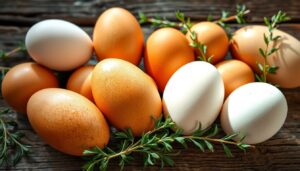
- 3.6g protein/egg
- Low in fat, high in protein, easy to digest.
2. Tofu
- 12.8g protein per ¼ block
- Rich in iron and magnesium, promotes good cholesterol.
3. Soy Milk

- 8g protein/cup
- Also helps prevent osteoporosis and supports bone health.
4. Pistachios
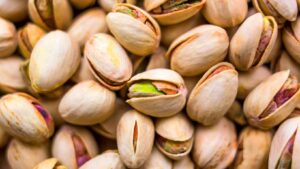
- 25g protein/cup
- Great for digestion and rich in healthy fats.
5. Quinoa
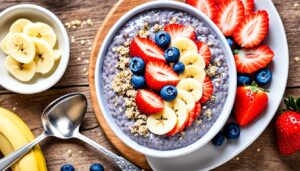
- 24g protein/cup
- Complete protein source, anti-inflammatory, gluten-free.
6. Cashews
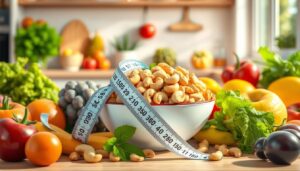
- 5.1g protein/oz
- Good for eye and bone health, magnesium-rich.
7. Soybeans
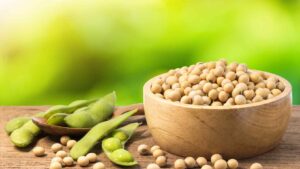
- 68g protein/cup
- Packed with all essential amino acids and omega-3 fatty acids.
8. Chickpeas

- 15g protein/cup
- Helps in digestion and weight management.
9. Broccoli
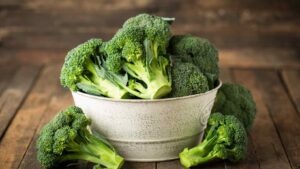
- 4.3g protein/cup
- Contains vitamin K, fiber, and cancer-fighting properties.
10. Milk and Dairy Products

- Contain whey and casein
- Aid in weight loss, promote satiety, and improve bone health.
All these foods can be easily included in the daily Indian diet to overcome the lack of protein in Indian diet .
Practical Tips to Improve Protein Intake
Here’s how to enhance your diet and increase protein naturally :
- Include a protein source in every meal
- Start your day with boiled eggs or paneer
- Replace regular milk with soy milk occasionally
- Add sprouts, lentils, and legumes to salads
- Snack on roasted chickpeas, nuts, or trail mix
- Opt for multigrain roti with dal and curd for dinner
- Choose quinoa or millets instead of white rice
- Use protein-rich flours like besan, soya, or chana flour
FAQs – Lack of Protein in Indian Diet
How common is protein deficiency in India?
Around 80% of Indians are protein deficient , especially among vegetarians and lower-income groups.
What are the 5 major signs of protein deficiency?
Hair loss, fatigue, weak nails, frequent infections, and muscle loss are key indicators.
Can vegetarian Indian diets meet protein needs?
Yes, with proper planning and inclusion of diverse plant-based protein sources like soy, lentils, nuts, and dairy.
How can I raise my protein levels quickly?
Start by adding eggs, tofu, sprouts, and nuts to daily meals. Also consider whey protein if needed under medical guidance.
What happens if a diet lacks protein long term?
It may lead to muscle wasting, weak immunity, poor skin health, delayed wound healing, and chronic diseases like marasmus and kwashiorkor.
Are Indian meals low in protein by default?
Traditional Indian meals often lack diversity in protein unless supplemented with dals, dairy, or soy products. Relying solely on rice and chapati isn’t sufficient.
Conclusion
The lack of protein in Indian diet is a silent epidemic, often masked by common misconceptions and limited awareness. While protein is essential for all ages and genders, many Indians are not meeting their daily needs. Addressing this issue requires busting myths, embracing affordable sources, and making small yet impactful changes in daily diets.
By including a mix of high-protein vegetarian foods and practicing balanced eating, we can combat this nutritional deficiency. Whether you’re a fitness enthusiast, caregiver, or just aiming for a healthier lifestyle, ensuring adequate protein intake is the key to strength, immunity, and vitality.
Start today—because every gram of protein counts.

Dr Chandril Chugh
Dr.Chandril Chugh is a neurologist who trained and practiced in the USA for more than a decade. He is compassionate and caring and is most well known for being a patient listener and spending ample time with patients.

